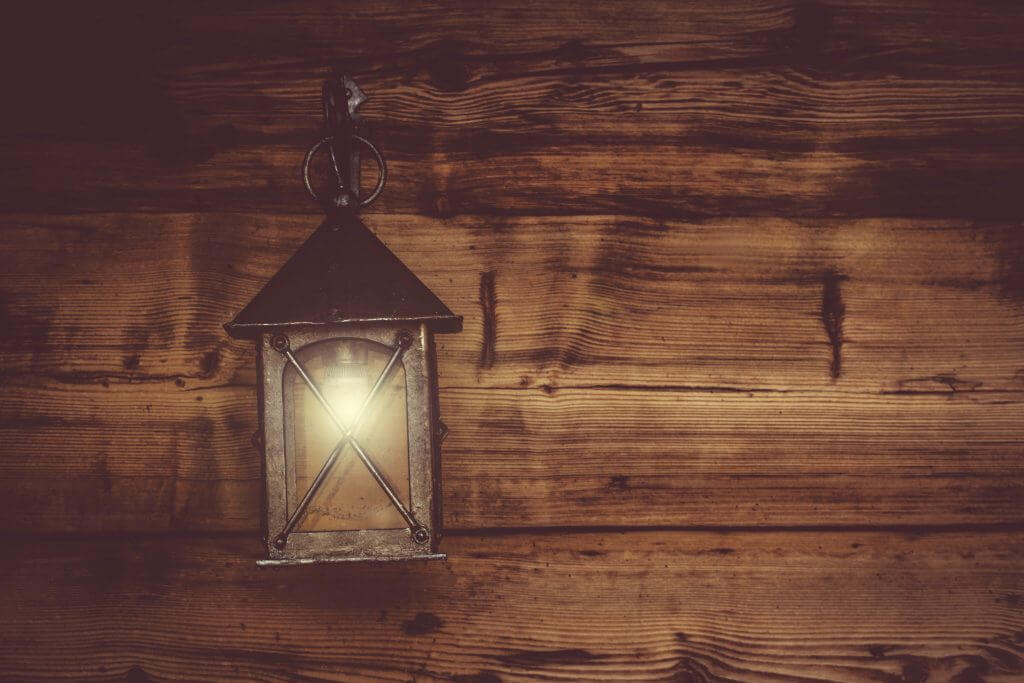
Unexpected journeys can shape the bonus years
by Phil Burgess, Unabridged from the Life section of the Annapolis Capital, Sunday July 29, 2012
Unabridged from my Bonus Years column in the Lifestyle section of The Sunday Capital, Annapolis, Maryland
It’s a dolls’ house. Not the kind your daughter received from Santa on her third Christmas. The dolls’ house I am taking about is in the historic district, near City Dock. It’s a house full of dolls. More than 500 dolls! Old dolls, new dolls. Porcelain dolls and cloth dolls. Dolls with sweet faces and dolls with character faces. Kewpie dolls and Cabbage Patch dolls. But mostly Victorian dolls – the kind with a porcelain or bisque face, puckered lips and period clothing. More importantly, each doll has an interesting history, actually several histories: One about how it was acquired; a second surrounding the era when it was popular; and another, perhaps, about where and by whom it was manufactured.
The Green Street dolls’ house is also the home of Barbara and John Dugan, childhood sweethearts from Delaware County, Pennsylvania, who are now approaching their proverbial three score and ten after raising four children. But, as we prepare for our bonus years, we are often surprised by an event – in this case an unexpected journey: John’s work as an oceanographer called him to Great Britain to work with the Office of Naval Research. They decided to go. Barbara retired from gerontology nursing; they rented out their home in Northern Virginia; and moved to the UK for two years – from 1991-1993.
The odyssey that brought them to the UK also had unexpected benefits. John’s love of model trains and antique books morphed into a growing fascination with Barbara’s long-standing interest in dolls. After all, like trains and old books, dolls involve history, and building a doll’s house involves exploring the past in miniature. It wasn’t long before both John and Barbara were spending weekends and vacation time participating in Europe’s best doll festivals, feeding Barbara’s passion for collecting vintage dolls and whetting John’s interest in building beautifully detailed doll houses.
“The culture of doll collecting in Europe is different from the U.S.,” Barbara explains. “American collectors focus on the style, size, and appearance of the dolls. Europeans focus on the history of the times and the manufacturers.”
The history is what really hooked John. “The first thing Barbara does when she gets a new doll is inventory the clothing,” observes John. “Then we research the doll and the times in which it was made.” Now regulars at US doll conferences, they still attend the annual Puppenfest (doll festival) in Neustadt, where 250 years of German doll-making are on display.
It was also during this time in the UK that Barbara’s interest in home gardens was sparked by the “hidden gardens” – including their own – that dotted London’s cityscape. Actually, because they rented a first-floor flat, the community garden outside the door of their light and airy Edwardian kitchen was theirs to enjoy and take care of. It was this daily experience in what she calls “the best garden we ever had” that piqued Barbara’s interest in gardening, and she vowed to have a garden of her own when she returned to the US.
About the time of their return, they decided they wanted to run a B&B. So they sold their house in Northern Virginia, moved to Annapolis, where, in 1994, they bought the house on Green Street and quickly transformed it into a successful Annapolis B&B. Barbara redesigned, rebuilt, and replanted the green space behind their home. The L-shaped shade garden has an imposing array of cedars, hydrangeas, nandina shrubs, rhododendrons and grasses.
Barbara says, “I have a fondness for symmetry, but Mother Nature keeps me from over-doing it.” If you have ever been on the spectacular “Secret Gardens” tour of Annapolis, most of which are hidden from view from the street, you may have visited the Dugan’s Green Street garden. In the midst of downtown, you can see God’s creation in full glory: trees, flowers, stone pathways, and white iron tables, love seats and chairs.
Now into their bonus years, the Dugans closed the B&B and reclaimed the master bedroom when, by 2005, the weekend business they had planned mushroomed into seven days a week. John retired from his full-time job but continues to work part-time as a consultant, using his knowledge and expertise on oceanography projects that interest him.
Barbara continues to expand her doll collection, attend doll conferences, including yearly meetings in Germany and, from time-to-time, gives lectures on the history of dolls and what they tell us about our culture or the culture of others.
Planning for the bonus years is always good. Not just financial planning, but even more importantly, lifestyle planning: What are you going to do? How are you going to manage your time? What calling will you answer? But, as we can see in the case of Barbara and John Dugan, you can’t plan the surprises. Even with planning, the passage to – and through – the bonus years often has many interesting twists and turns, including unexpected journeys, some of which have a huge impact, as did their unexpected move to the UK and their heightened interest in the historical and social value of curating dolls and sculpting nature in a modern garden. As Barbara says, “It was during our time in the UK that we discovered so many common interests, and sharing those interests has greatly enriched our lives.”
Get the Bonus Years column right to your inbox
We take your inbox seriously. No ads. No appeals. No spam. We provide — and seek from you — original and curated items that make life in the Bonus Years easier to understand and easier to navigate.
